
What is Basement Waterproofing?
Basement waterproofing refers to applying specific techniques and materials to prevent water from penetrating a building’s basement. It involves a series of methods, including applying sealants and coatings, installing drainage systems, and using water-resistant materials during construction. The primary goal of basement waterproofing is to address potential sources of moisture, thereby protecting the basement from water damage and ensuring the structural integrity of the building.
Basement Waterproofing
Methods to prevent water from entering basements
Purpose: To prevent water from penetrating the basement of a house or a building, ensuring a dry and structurally sound foundation.
Common Techniques: Application of sealant materials, drains, and sump pump installation.
Importance: Prevents damage to the home or building structure, mould growth, and poor indoor air quality.
Applications: Primarily used in basements that are below ground level.
What are the most common signs of water damage in basements?
The most common signs of water damage in basements include:
1. Puddles or standing water: water accumulation on the floor, often indicating a leak from a shower, sink, toilet, washing machine, water heater, or a bad pipe.
2. Damp Air and Musty Smells: High humidity and musty odours can be caused by water leaks, foundation cracks, gaps around windows, and malfunctioning sump pumps.
3. Mould or Mildew: growth of mould or mildew, which thrives in damp environments and can indicate a moisture control problem.
4. Cracks or Crumbling: Hairline cracks in concrete or brick walls and floors, which can be a sign of foundation damage and allow moisture to seep in.
5. Efflorescence: A chalky white buildup on walls or floors due to water evaporation and mineral deposits, often indicating water damage.
6. Flaking or Peeling Paint: paint detachment and flaking off due to excess moisture, which can be caused by leaks, poor yard drainage, or foundation issues.
7. Wood rot: rotted wood framing behind drywall, often resulting from moisture and high humidity.
8. Sinking or Uneven Floors: A sinking or uneven concrete basement floor can be a sign of soil erosion or foundation shrinkage.
9. Mould on Damp Drywall: Mould growth on damp drywall is often caused by plumbing leaks, water intrusion, or condensation.
10. Musty Smell: A persistent musty smell in the basement can indicate a larger water damage issue.
These signs can help homeowners identify potential water damage problems in their basements and take steps to address them before they cause significant structural or health issues.
How can I prevent water damage in my basement?
To prevent water damage in your basement, you can follow these key tips:
1. Waterproof Foundation and Walls: Ensure your foundation and walls are waterproofed by coating or covering them with a waterproof barrier to prevent moisture seepage.
2. Maintain Gutters and Downspouts: Regularly clean gutters, extend downspouts away from your home, and consider installing gutter guards to prevent water
overflow into your basement.
3. Inspect Appliances and Plumbing: Check appliances for leaks and inspect plumbing regularly to prevent water damage from malfunctioning hoses or pipes.
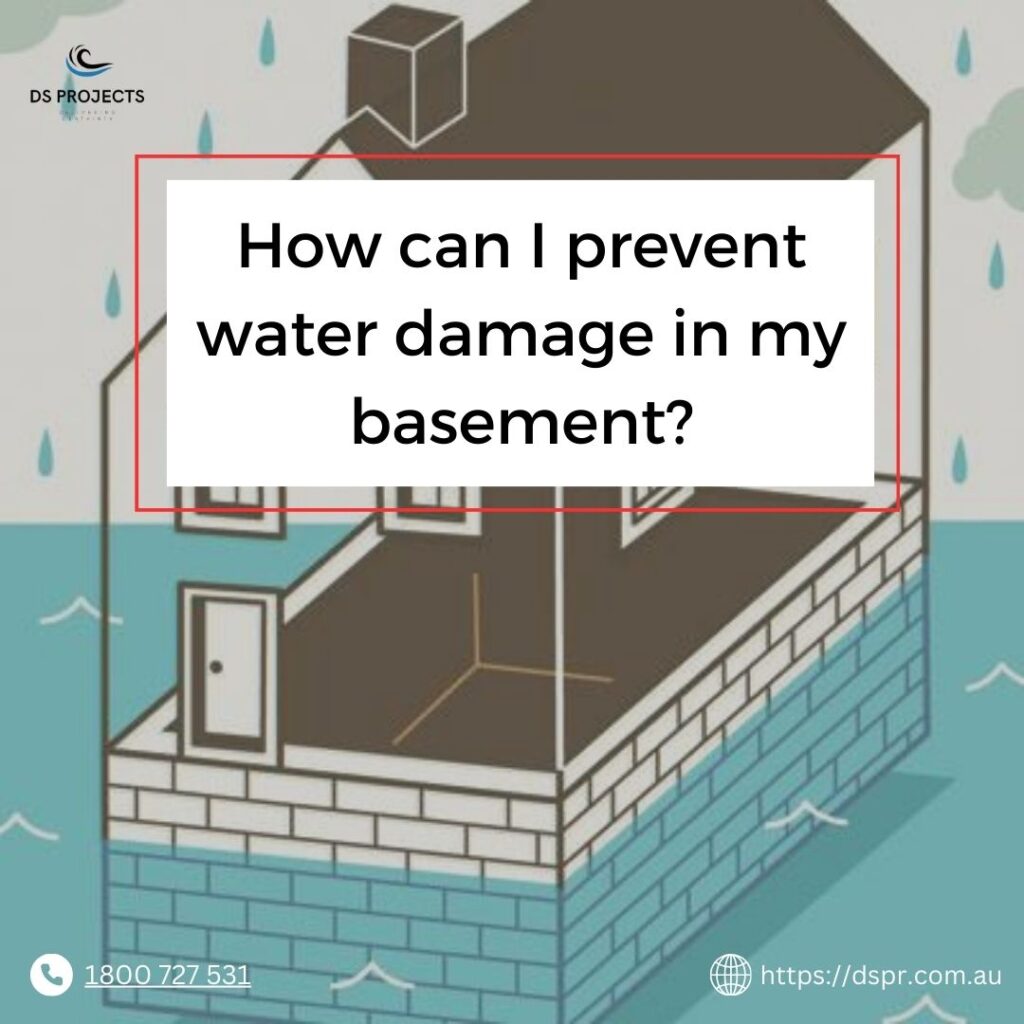
4. Grade the Landscape Away from Your Home: Ensure proper landscape grading to direct rainwater away from your home, preventing pooling near basement walls.
5. Install a Sump Pump: Consider installing a sump pump at the lowest part of your basement to expel excess water and mitigate damage in case of flooding.
6. Use a Dehumidifier: Control humidity levels in your basement by using a dehumidifier to prevent mould and mildew growth.
7. Seal Cracks and Repair Fissures: Patch and repair any cracks or fissures in your walls or foundation to prevent water seepage into your basement.
Implementing these preventive measures can significantly reduce the risk of water damage in your basement and maintain a dry and healthy living space.
What are the best ways to maintain a waterproof foundation?
To maintain a waterproof foundation effectively, consider the following best practices:
- Regular Inspections: Conduct routine inspections to check for any signs of damage, cracks, or areas where waterproofing may be compromised.
- Address Cracks Promptly: Repair any cracks or gaps in the foundation promptly to prevent water seepage and further damage.
- Ensure Proper Drainage: Maintain proper drainage systems around your foundation to direct water away from the building and prevent pooling near the foundation.
- Professional Maintenance: Consider hiring a professional waterproofing contractor for periodic maintenance and inspections to ensure the integrity of the waterproofing system.
- Protective Measures During Construction: During construction or renovation, ensure the waterproofing system is installed correctly and protected from damage during backfilling.
- Follow Manufacturer’s Guidelines: Adhere to the manufacturer’s guidelines for curing time and applying waterproofing materials to ensure optimal performance and longevity.
- Safety Measures: Prioritize safety during any maintenance or repair work on the waterproofing system to prevent accidents and ensure proper installation.
By following these maintenance tips, you can help preserve the integrity of your
waterproof foundation, prevent water damage and ensure the long-term protection
of your property.
What is the best basement waterproofing method?
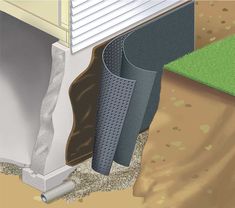
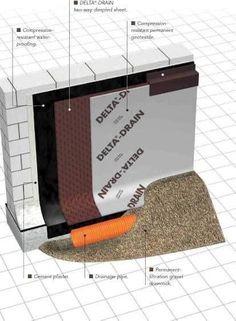
The best basement waterproofing method depends on the specific conditions of your basement, but cavity drain membrane (CDM) systems are widely considered to be one of the most effective and comprehensive solutions.
A well-designed CDM system, such as the Newton CDM System, places a studded membrane between the internal finish and the wall, creating a void that captures water and directs it to drainage channels for removal. This system complies with British Standard 8102:2022 for a “Type C” waterproofing solution and includes inspection ports for maintainability.
Other effective basement waterproofing methods include:
- Interior sealants and epoxy injections to seal cracks and penetrations.
- Exterior waterproofing using polymers and membranes to coat the exterior walls.
- Interior drainage systems with a sump pump to remove water from the basement.
The best approach depends on factors such as the construction method, the desired
end use of the basement, and the severity of water intrusion. Consulting with a professional waterproofing contractor is recommended to determine the most suitable solution for your specific basement.
Basement waterproofing protects your home from water damage, structural issues, and health hazards like mold. Recognizing signs of water damage, such as standing water, musty odors, and foundation cracks, allows for timely repairs and prevents further complications.
Implementing preventive measures—waterproofing foundations, ensuring proper drainage, and using dehumidifiers—keeps basements dry and healthy. Regular inspections and prompt repairs are essential for maintaining a waterproof foundation. Effective methods like cavity drain membrane systems provide
comprehensive protection against water intrusion. Consulting with professional waterproofing contractors ensures tailored solutions for long-term basement protection and peace of mind.
Author
-
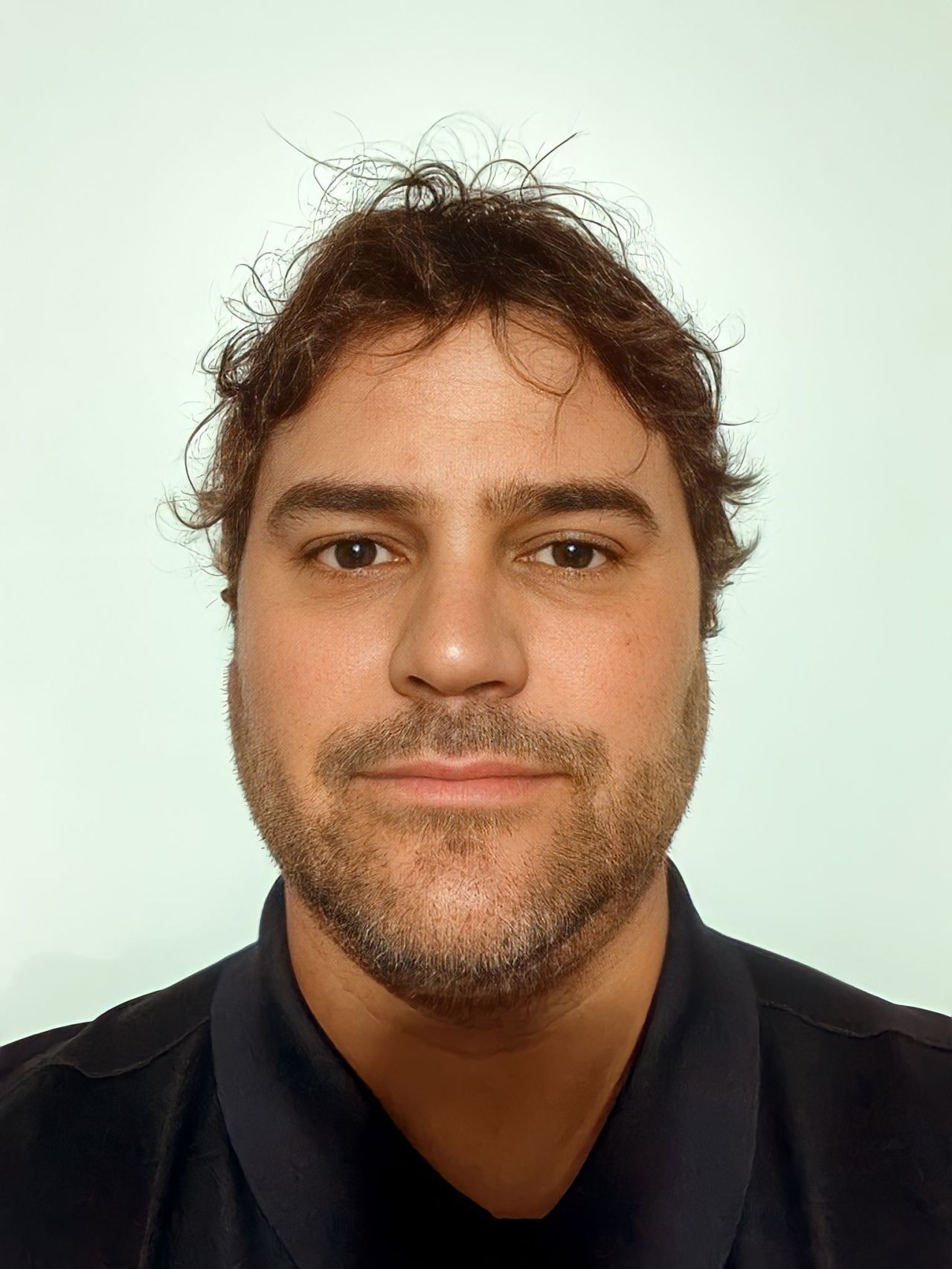
Brad has over 25 years experience in the residential and commercial construction and drives the preparation and quality of the projects that DS Projects are known for. The model of our business is forming long lasting and mutually rewarding relationships with our clients, teams, suppliers and alliance partners.
View all posts


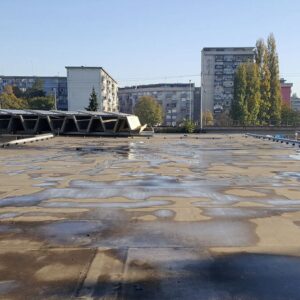

Really superb information can be found on web site.Raise range
Your article helped me a lot, is there any more related content? Thanks!
Your article helped me a lot, is there any more related content? Thanks!